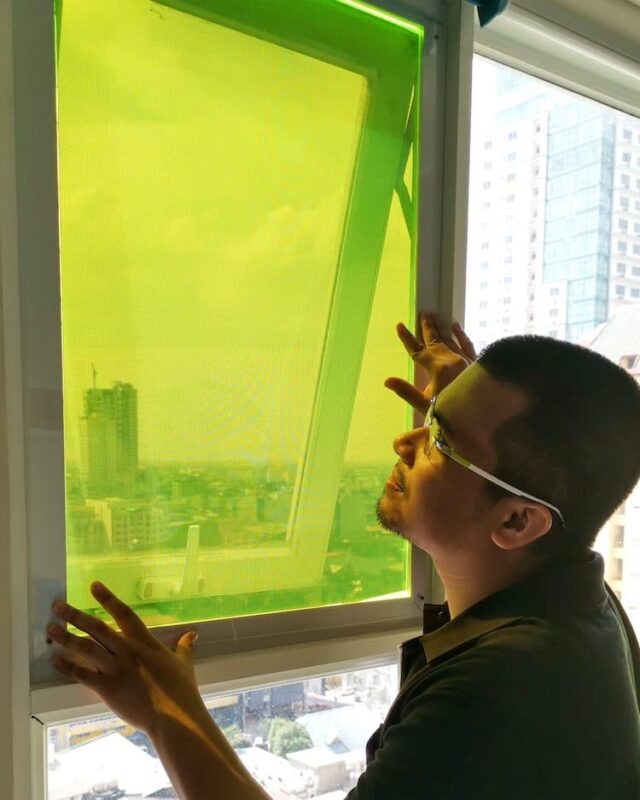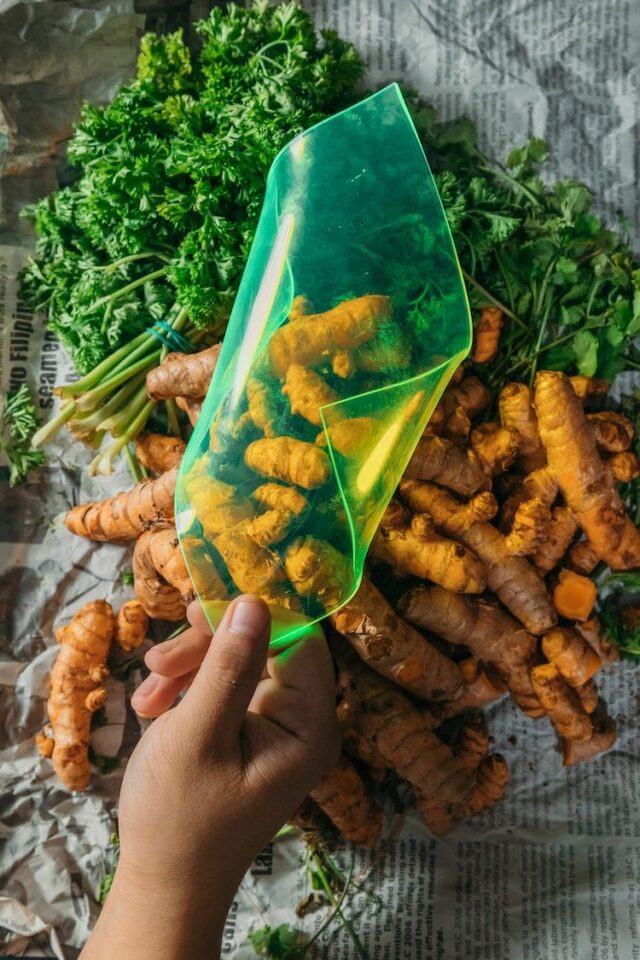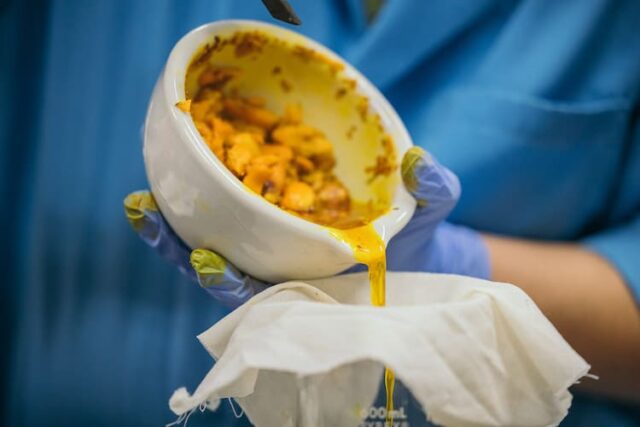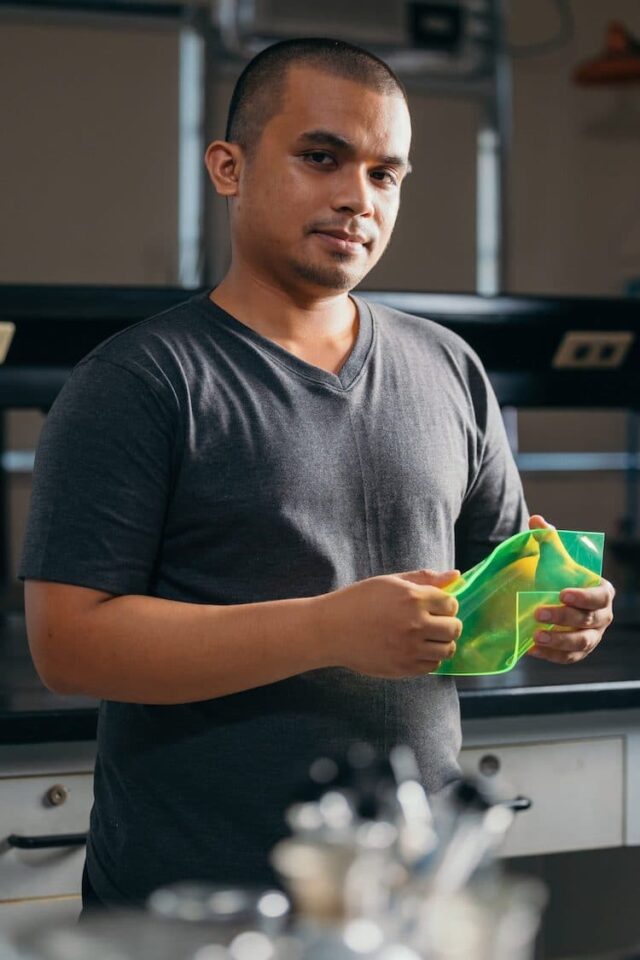Solar energy is the future of sustainability, but the main problem with this energy source is that it depends on the climate and geographic area in which you live. But with the correct technology, even solar power can become one of the most efficient alternative power sources out there.
Thanks to Carvey Ehren Maigue, a student from Mapua University the world now has a next-level solar panel called AuREUS. The system he created is one that collects light continuously, being established on high energy particles which are then absorbed by luminescent particles.
Carvey was inspired by the Northern Lights in creating his design and carefully studied the physics behind this amazing phenomenon. The panels of the AuREUS system with 30-35% more energy than other systems and the bioluminescent particles used by it are produced by fruits and vegetables. Yes, as surprising as it might sound, the technology behind AuREUS is also meant to help reduce food waste, by reusing food that might end up in the garbage otherwise.
AuREUS also won the James Dyson Sustainability Award which is a great achievement and a vote of confidence that will contribute to the start of its production on a larger scale.
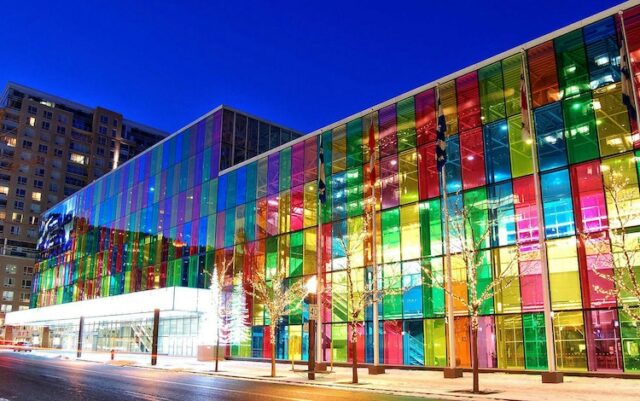 Maigue says the system could be applied to entire buildings such as the Montreal Convention Centre
Maigue says the system could be applied to entire buildings such as the Montreal Convention Centre
“Combatting climate change is a journey that will need several generations to complete. This means great products alone would not suffice,” the engineer said.
“In the conception of AuReus, I aimed to create a future-facing solution in the form of renewable energy and at the same time integrate a present-day value-creating solution for our farmers, who are being affected negatively by the present-day effects of climate change,” he continued.
“In this way, we can show people that adapting sustainability to fight climate change is something that can benefit both the present and the future generation and in doing so, we can rally more people in this fight against climate change.”
Moving forwards, Maigue plans to turn the AuReus substrate into threads to form fabrics and curved plates to be attached to vehicles and aircrafts.

